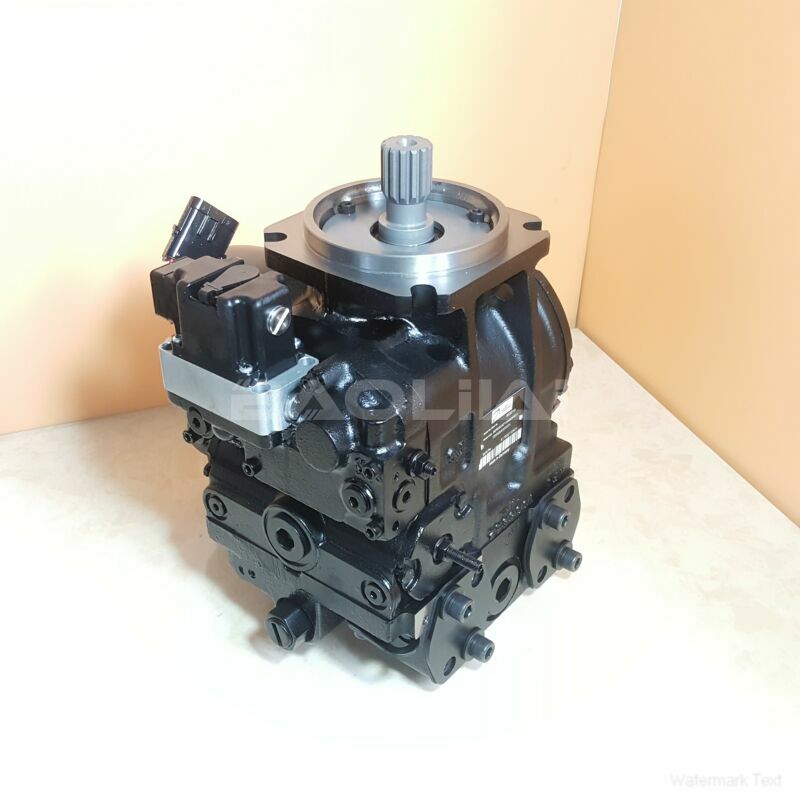90R055KP1CD80P4C6C03GBA292924 piston pump
90R055KP1CD80P4C6C03GBA292924 piston pump

- Product Details
- Applicable Scene
In the realm of thermal power stations, the efficient management of fluid dynamics is paramount. One of the key components enabling this fluid management is hydraulic pumps. These pumps play a crucial role in maintaining optimal fluid circulation, which is essential for the operation of various systems within a power plant. This article explores the design, functionality, and significance of hydraulic pumps in fluid handling processes in thermal power stations.
90-R-055-KP-1-CD-80-P-4-C6-C-03-GBA-29-29-24
90R055KP1CD80P4C6C03GBA292924
Hydraulic pumps are engineered to convert mechanical energy into hydraulic energy, creating a flow of liquid at high pressure. In thermal power stations, these pumps facilitate the movement of various fluids, including water, steam, and cooling liquids. The effective circulation of these fluids is integral to the processes of generating electricity, cooling equipment, and managing waste.

80001890
One of the primary applications of hydraulic pumps in thermal power stations is in the cooling systems. These plants generate significant heat, and an efficient cooling system is essential to maintain safe operational temperatures. Hydraulic pumps circulate cooling water through heat exchangers to absorb excess heat and maintain optimal performance. Additionally, they support the movement of condensate back to the boiler, ensuring a continuous cycle of water use and minimizing wastage.
Another critical function of hydraulic pumps involves the handling and transportation of fuels, such as coal, oil, or gas. In thermal power stations that use coal or oil, hydraulic systems are utilized to transport and handle these fuels from storage locations to combustion chambers. The efficient operation of these pumps ensures a steady supply of fuel, which is necessary for uninterrupted electricity generation.
Moreover, hydraulic pumps play a vital role in the lubrication and hydraulic systems of equipment such as turbines and generators. By providing the necessary hydraulic pressure, these pumps enable the movement of various control devices and systems that enhance the reliability and efficiency of power generation. This hydraulic power is critical in minimizing mechanical wear and tear, consequently extending the lifespan of equipment and reducing maintenance costs.





